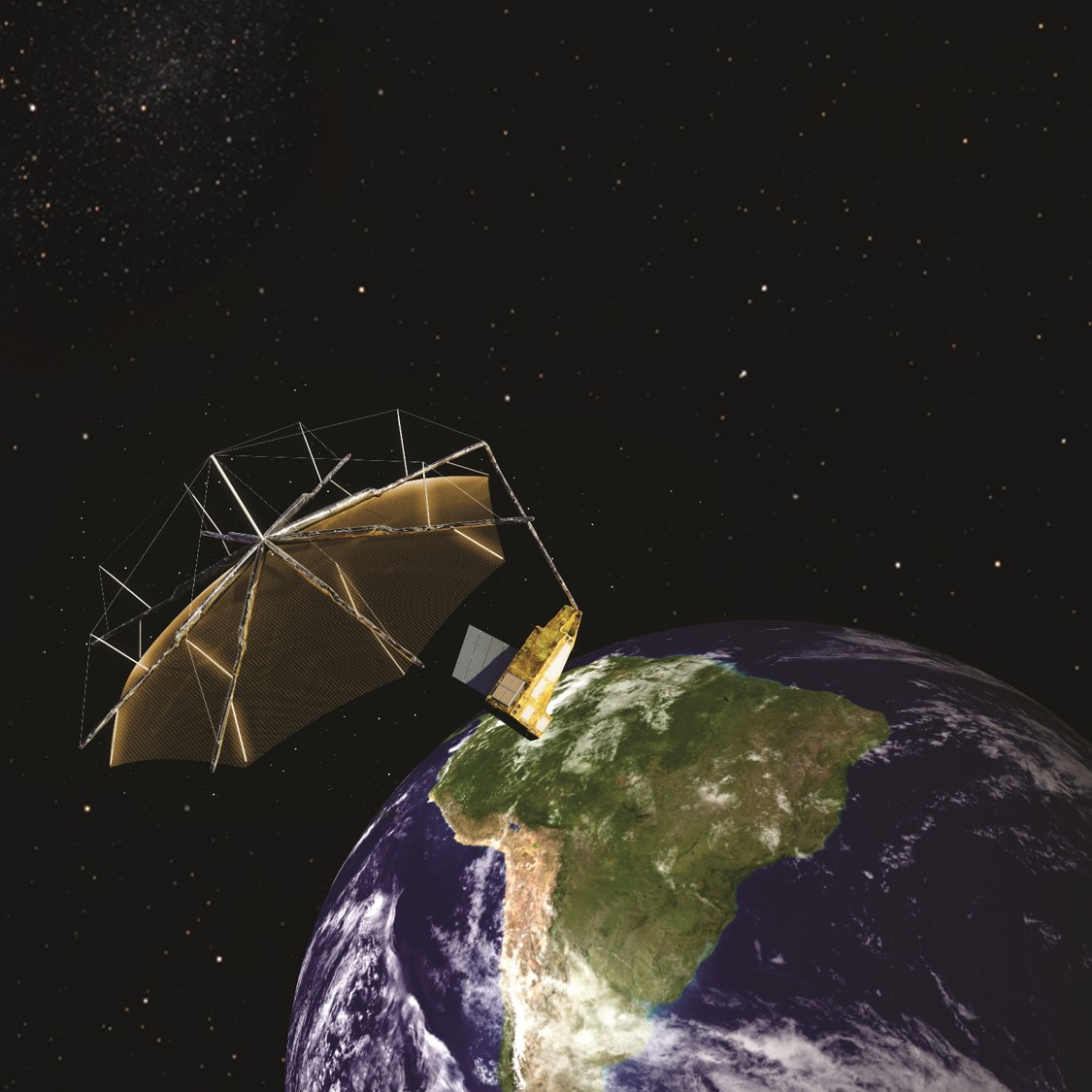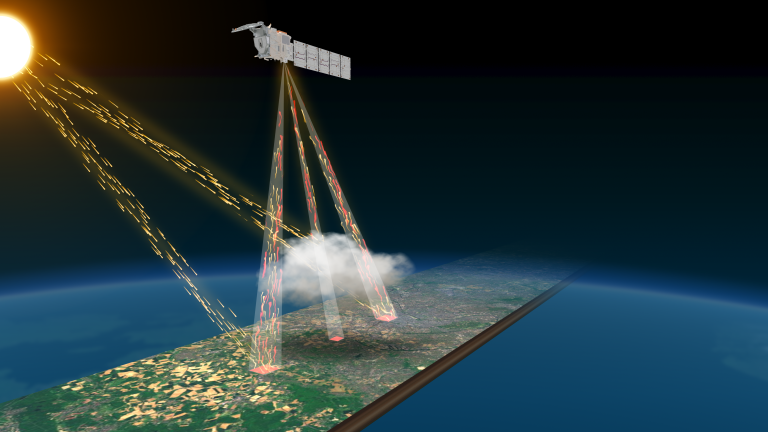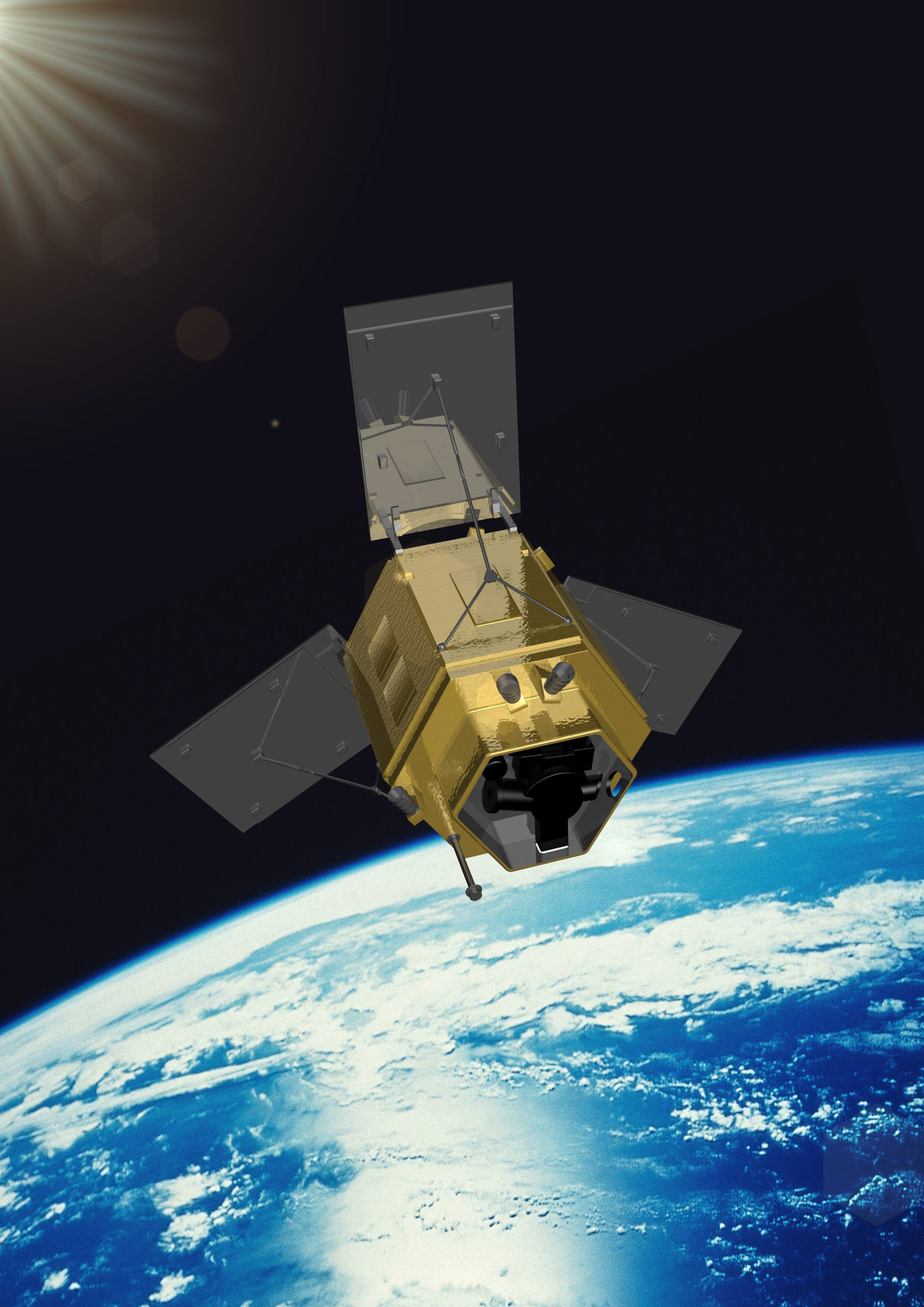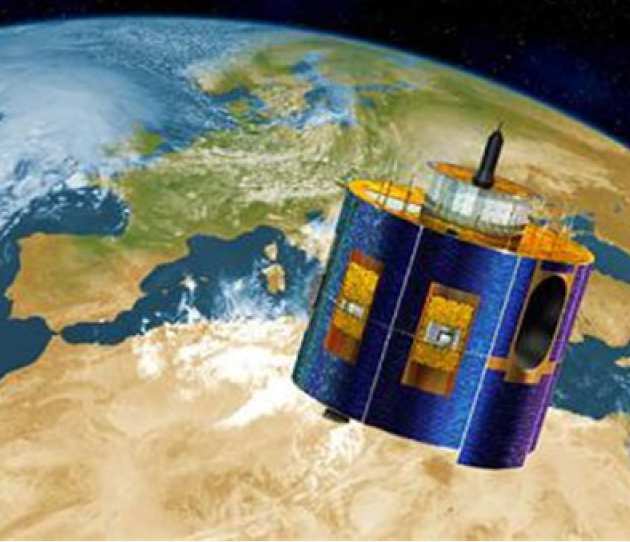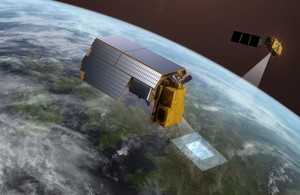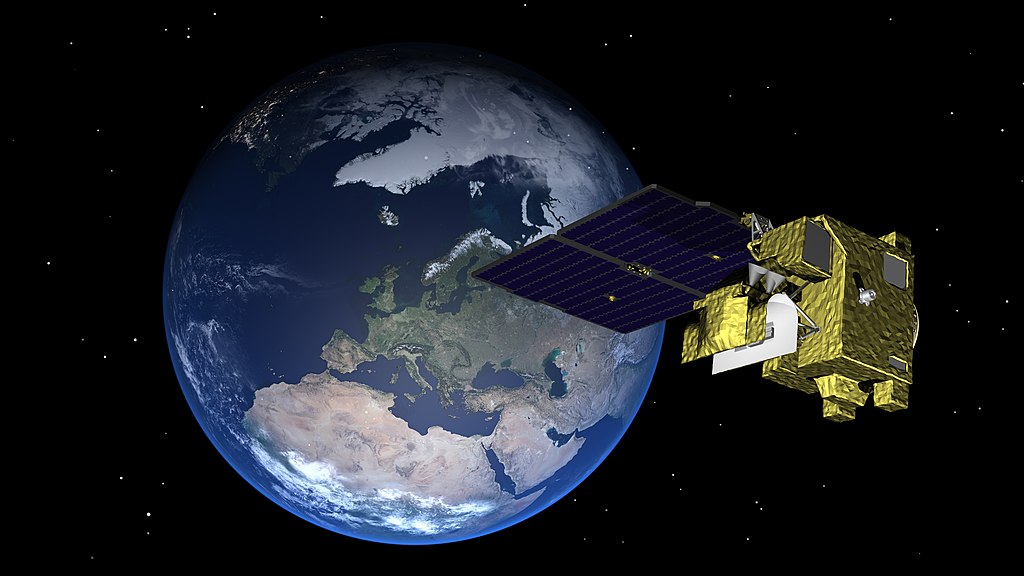
Satellite missions
Observation from satellite missions play a crucial role in monitoring climate change by providing comprehensive and continuous observations of Earth system components
NCEO scientists are involved with several upcoming satellite missions as Mission Advisory Group members where they have a leading or collaborative role in mission conception, developing sensor properties, system analysis, data analysis, modelling, algorithm development or validation activities.

Our Research

The National Centre for Earth Observation (NCEO) harnesses satellite, airborne, and ground-based data to study our planet’s dynamic systems.
As the UK’s dedicated NERC centre for Earth observation (EO) science, we analyse atmospheric composition, carbon cycles, land-atmosphere interactions, and climate change. With involvement in over 20 multinational satellite missions, NCEO plays a vital role in advancing EO science for global monitoring and operational services.



